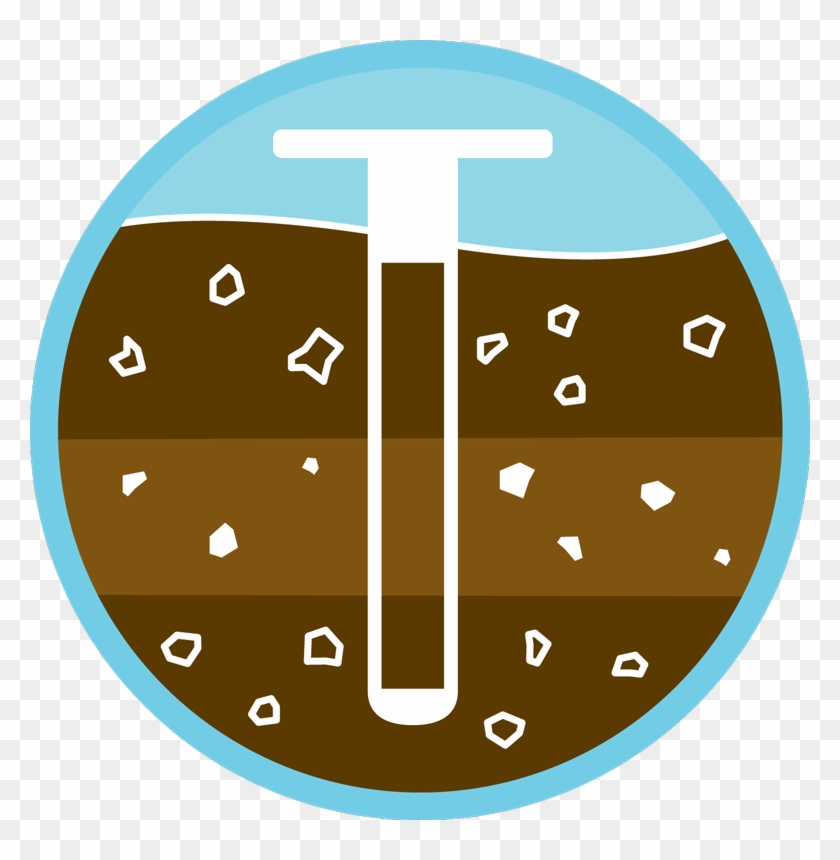I’m in Chicago, on the West Side, with two adjoining lots of uncertain history.
The lot I live in had no garage going back several decades, but I pulled out a foundation for something smallish when I laid down sod after moving in; and when I dug the posts for the fence (and raised beds) I found not one but two brick patios, one about six inches down and one about eighteen inches down. Also a lot of garbage, car parts, old clothes, and plastic.
The second lot has a sunken area with a footprint the same size as my brick four-square. I don’t know if the limestone foundation is still down there. We filled in the area with wood chips to keep down weeds and reduce the likelihood of falling into the hole.
Right now we’re gardening in raised beds, but I’d like to get to in-ground planting eventually. What do I need to watch out for, what do I need to do, and what plants can I use to pull any heavy metals out of the soil over the next few years? I know sunflowers work if you get them out by the root, and that’s great, but is there anything more low-profile or more physically manageable, especially something native to the area?
- What kind of car parts and plastics? What kind of volume of materials? Garbage was/is often thrown into construction. You’d be amazed at what gets pulled up from this kind of work. Also, there is a possibility of asbestos! Make sure you are familiar with what that looks like.
- What is your budget?
- Got pictures?
I would avoid planting edibles like the other poster suggested until you know exactly what you are dealing with and what plants interact with what. There are cheap soil test kits about as well. Brassicas, for instance, one of the largest families of cultivars (if not the largest), love sucking up LEAD.
I hope, too, you use PPE when doing this work. I know in commercial archaeology, we are required to really cover our asses with it when working on contaminated sites. See here.
Also, these may be of use:
- Clean-Up of Heavy Metals from Contaminated Soil by Phytoremediation: A Multidisciplinary and Eco-Friendly Approach.
- Chapter 15 - Phytoextraction: The Use of Plants to Remove Heavy Metals from Soil (a while journal of the subject, too!): More than 450–500 plant species have been identified as hyperaccumulators including Thalaspi and Arabidopsis and members from families such as Brassicaceae (cultivars like broccoli), Cyperaceae (sedges), Poaceae (grass), Fabaceae (legumes[!]), and several others
- Wiki list of hyperaccumulators - note the second and third linked tables for other metals listed directly above the chart.
- Cornell Guide to Soil Testing
(Check Anna’s Archive if you cannot access them.)
Keywords to search:
- Phytostabilization
- Bioremediation
There are a number of plant databases on the sidebar of [email protected] and [email protected] that may help. I have to update that list, I think, as I collect them. You may want to check out: U Michigan Native Plants by Region
I was going to suggest prairie grasses, however, their deep roots may or may not be picking up those nutrients and may be more of a defence against wildfires apparently. They may be good, however, if you want something with resilience.
Regretfully, I’d say you’re limited to raised beds. You simply don’t know what’s down there, and how extensive the likely contamination is. You can test for contaminants, but it’s going to be pricey. Here’s a list of parameters you’d need to test for and their guideline concentrations.
Metals and hydrocarbon testing can run between $50 to $200 per sample. you’d need to sample multiple intervals (depths) and locations to accurately delineate the contamination, or confirm the area for your proposed garden is safe. Not only is there the risk of the buried contaminants, but older (pre-1980s) urban areas are notorious for lead contamination.
Raised beds are great, because they offer you a good deal of control over your growth media. If you really know what you’re doing you can create a media that’s freely draining and not limited to your site’s soil texture, and have a large pool of multi-fractioned organic matter to support your plants. Lots of permacultureists (though i don’t like those people) use raised beds to pretty good effect. On top of all that, they’re modular. Here is an example cross section, though they’ve heaped it
The phyotoremdiation thing is feasible, but it’s usually just tied to one or two metal types, takes a while, and you have to dispose of the now-contaminated biomass.
deleted by creator
Yeah, structural soil (I’m assuming fill, is what you’re talking about) with organic amendments is a good way to go too. They do that a lot on mines, since mines usually have dogshit soils, or a shortage of soil.
I suggested the modified hugelkulture (fuck I hate permie nomenclature) since you can use similar methods inside a raised bed box to craft your medium. The reason they have such a checkered history though is because people don’t know enough about amendments, and often opt for primarily wood based amendments. Wood has mega high C:N ratios so their constructed soil systems end up nitrogen depleted really quickly depending on the particle size of the wood. Sidebar: never use sawdust.
deleted by creator
Your definition of fill is accurate, but it’s me who is being obtuse.
What I mean to say, is subsoil (B or C horizon) and then improving that with amendments. You wouldn’t want compacted stuff though. In mining they use overburden (C horizon below 1 m) and amend it. They will also use suitable tailings sand or waste rock.
What you described as structural soil is very similar to the composition of waste rock, though waste rock is not as well sorted. Generally it’s in the medium to coarse gravel range.
The issue with high amounts of coarse fragments is that it tends to limit water holding capacity. However, I’ve seen reclamation (first hand) where they rough mounded (created a micro-hummocky landscape) that supported 10 years of tree growth.
deleted by creator
Honestly, you probably know more about urban soils and gardening than I do. There’s a bunch of weird shit that’s been done in that sphere like Silva cells (I think that’s what they are called).
You’re right about the warring though lmao. Funny how we have our own very different frames of reference, and mine causes me to over look something simple like that.
deleted by creator
You probably want to do a soil test. Depending on what is in there, dust may be the bigger risk. As the other commenter said, you probably don’t need to worry about eating food grown in contaminated soil as long as you wash it thoroughly before eating. However, spending a lot of time working out there- breathing in particulates, getting dirt in your eyes, under your nails, and in all the little cuts one gets while working in a garden-could introduce something to your system you don’t want.
Good news! Edible plants pull very little heavy metals from the soil (or so I’ve read). Here’s a good article I’ve found that goes over a lot of your concerns - https://extension.oregonstate.edu/gardening/soil-compost/should-i-worry-about-heavy-metals-my-garden-soil
I’ve always heard that sunflowers pull bad stuff from the ground. I’m not sure how true that is.
This is not always the case. Brassicas pull up Pb (lead) and there are a number of other issues; legumes are another example of hyperaccumulators. OP needs to know what they are dealing with first.



